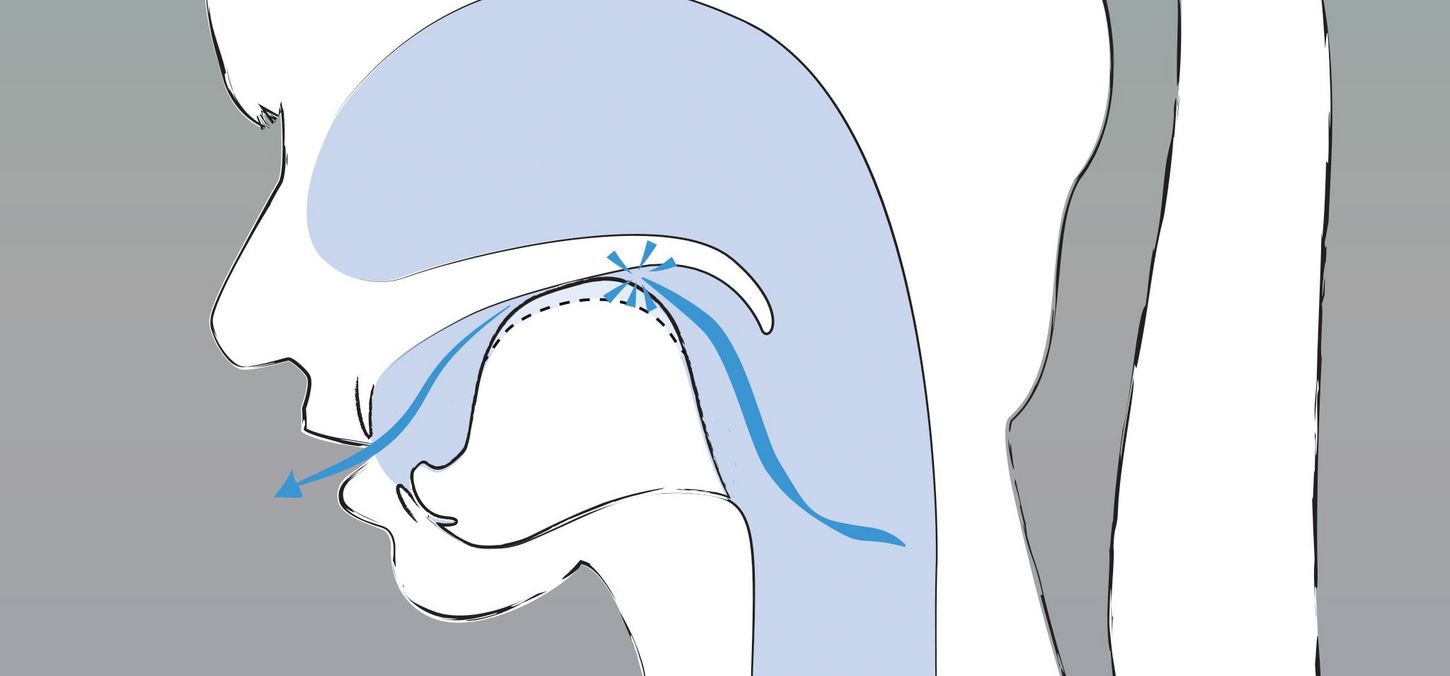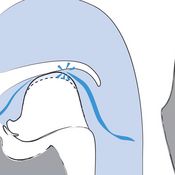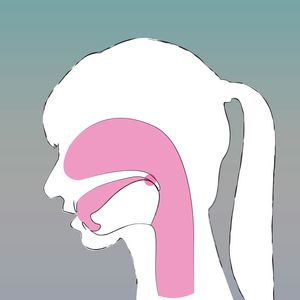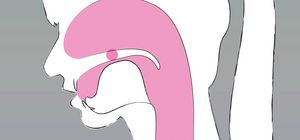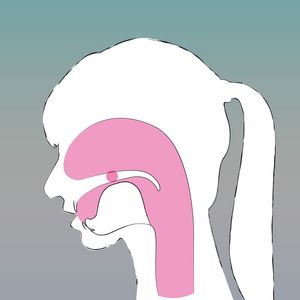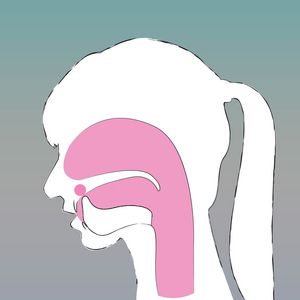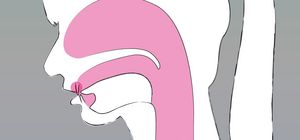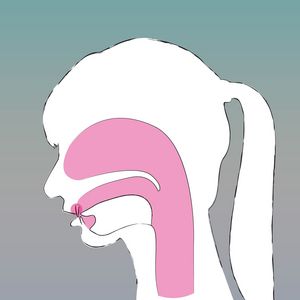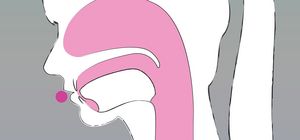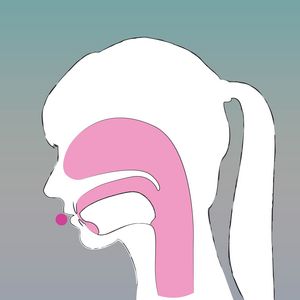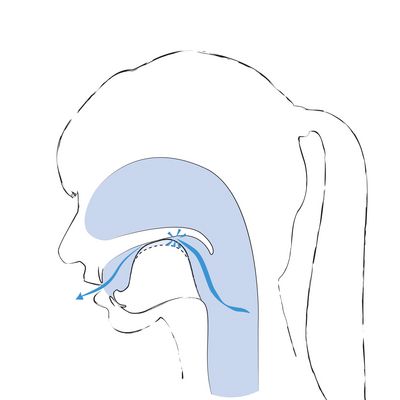
The Sanskrit alphabet groups the plosive sounds according to their place of articulation from back to front:
- from guttural (throat),
- palatal (palate),
- retroflex (behind the teeth),
- dental (between the teeth)
- to labial (at the lips).
Each group in turn consists of five sounds:
- The group starts with an unvoiced sound.
Please note: In German, we would call it "hard". - The second sound of the group is the same unvoiced sound with aspiration (aspirated).
Please note: When you place your hand in front of your mouth, you feel more air streaming out on the articulation of an aspirated sound. You can help yourself by thinking of two words. The first word ends with the first half of this letter. The second word starts with an "h". In optimum the aspiration will take place at the same location where the consonant was. - The next sound in the group is the voiced version of the unaspirated sound.
Please note: In German, we would call it "soft". - Analogously to the two unvoiced sounds, the aspirated version of the voiced sound follows next.
Please note : Aspirated sounds can be a challenge indeed for European speakers. It my help to place the hand in front of your mouth when speaking to feel the additional air streaming out. You can help yourself by thinking of two words. The first word ends with the first half of this letter. The second word starts with an "h". In optimum the aspiration will take place at the same location where the consonant was. - The last sound in the group is a nasal sound at the same place of articulation. We will have a closer look at the respective nasal in a group on a separate page.
Guttural plosives
- ka: The tongue closes off the soft palate. The contact is released after slight pressure.
- kha: The analogue sound with more air.
- ga: The analogue sound with vibration or voice.
- gha: The voiced sound with more air.
Examples:
- ka: Skat, Muskat
In German, usually within a word. - kha: Kaffee, Kanu
In German, usually at the beginning of a word. - ga: Gabel, Galopp
The usual German g. - gha: Flughafen, taghhell
Exists only in compound words in German.
Palatal plosives
- ca: The tongue closes off the hard palate. The contact is released after slight pressure.
- cha: The analogue sound with more air.
- ja: The analogue sound with vibration or voice.
- jha: The voiced sound with more air.
Examples:
- ca: Tschechien
- cha: Charles, Charme
- ja: Dschschungel
Not to be confused with the German j as in Joghurt! In Sanskrit, the German j corresponds to the letter Y. - jha: Jeep
Retroflex plosives
- ṭa: The tip of the tongue is rolled back behind the teeth. The contact is released after slight pressure.
- ṭha: The analogue sound with more air.
- ḍa: The analogue sound with more vibration or voice.
- ḍha: The voiced sound with more air.
Examples:
In German, there are no retroflex sounds. They are pronounced like t and d but with the tongue bent further back. For a German t or d, the tongue is placed directly at the bridge of teeth and gums at the upper jaw (alveolar).
Dental plosives
- ta: The tip of the tongue is between or at the front teeth. The contact is released after slight pressure.
- tha: The analogue sound with more air.
- da: The analogue sound with vibration or voice.
- dha: The voiced sound with more air.
Examples:
Please note: For a German t or d, the tongue is right at the bridge between teeth and gums at the upper jaw (alveolar). For the dental sounds in Sanskrit, though, it is to be positioned slightly further down towards the tip of the front teeth. Some Sanskrit speakers even push their tongue slightly out in front of their front teeth. However, with a little effort, we still find German examples to illustrate the correct pronunciation:
- ta: Tasse
- tha: Thalamus
- da: Davos
- dha: Feldhase
In German, the aspirated version of the sound only exists in compound words.
Labial plosives
- pa: The lips are closed. The contact is released after slight pressure.
- pha: The analogue sound with more air.
- ba: The analogue sound with vibration or voice.
- bha: The voiced sound with more air.
Examples:
- pa: Papier
- pha: Pavillon or the German "Camp-Fahne" (where the "f" is without voice. In optimum we can try to make the aspiration at the same place we pronounce the consonant. The "f" is very close to a labial aspiration.)
- ba: Bach
- bha: Sanskrit: Bhagavad Gītā
Again, the aspirated version can be a challenge to German speakers.
